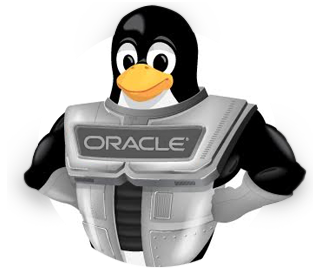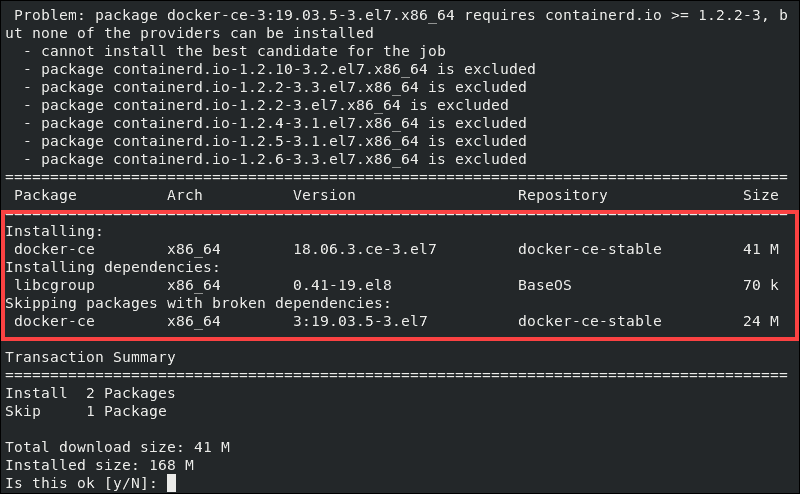

Docker containers can define an application and its dependencies using a small text file (a Dockerfile) that can be moved to different Linux releases and quickly rebuilt, simplifying application portability. System administrators and software developers are learning that Docker can help them deploy application images on Linux quickly, reliably, and consistently-without dependency and portability problems that can inject delays into planned deployment schedules.

It's no surprise that many of them are excited about Docker, an open source virtualization technology that creates lightweight Linux application containers.ĭocker is exciting because it can easily capture a full application environment into a virtual container that can be deployed across different Linux servers. They're skilled at discovering new techniques and technologies that help them efficiently manage operations. I mean "lazy" in a good way, though-they're experts at finding ways to work smarter, not harder. The best system administrators I know are downright lazy.

This article describes how to create a Dockerfile, how to allocate runtime resources to containers, and how to establish a communication channel between two containers (for example, between web server and database containers). Learn how to customize a Docker container image and use it to instantiate application instances across different Linux servers.


 0 kommentar(er)
0 kommentar(er)
